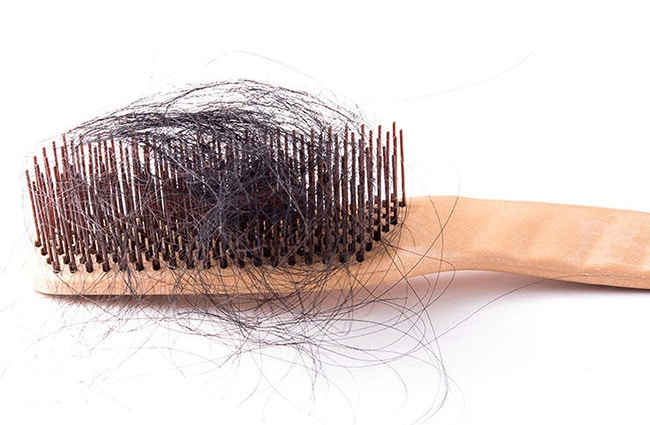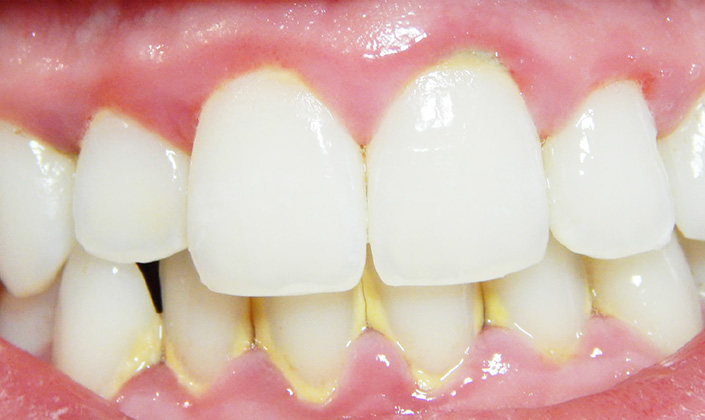Believe it or not, arthritis has more than a hundred different types that occur in different parts of the body with different levels of pain. Arthritis is a condition that affects the joints because of inflammation. It can affect people from different age groups, young or old. The Arthritis Society of Canada says that for every five people, three of them are suffering from arthritis and are below 65 years old. There are over 100 different types of arthritis, ranging from mild to quite severe.
Psoriatic arthritis is a type of arthritis that affects people who are already suffering from psoriasis, a skin disorder that appears as red patches with silvery scales that usually occur on the elbows, knees, scalp, palms, soles of the feet, and torso. In some cases, these people are later on diagnosed with psoriatic arthritis although there are also times when the joint inflammation happens before the appearance of lesions on the skin.
What Causes Psoriatic Arthritis? What are the Risk Factors?
Psoriatic arthritis, like other types of arthritis, occurs when the healthy cells of the body are being attacked by the body’s own immune system. This causes joint inflammation and an increase in the production of skin cells. At present, the real reason behind the immune system attacking its own healthy cells remains unknown. However, some genetic and environmental factors may have triggered the attacks.
Some studies revealed genetic markers that may have contributed to the development of psoriatic arthritis in an individual. Age, diagnosis of psoriasis, and family history are just some of the risk factors of psoriatic arthritis which usually happens among people between ages thirty and fifty.
Psoriatic Arthritis and its Symptoms:
Psoriatic arthritis, just like any type of arthritis, is a chronic health condition. As of writing, there is still no known definite cure for both. While you may experience relief from the symptoms for certain periods of time, the sad fact remains that despite treatments, these symptoms will linger for a long time. Psoriatic arthritis can affect any part of the body, (spine and fingertips included) and the pain can range from mild to severe.
The signs and symptoms of psoriatic arthritis are similar to that of rheumatoid arthritis. The joints become swollen, painful, and warm. Other symptoms of psoriatic arthritis are:
Foot pain
when you have psoriatic arthritis, you’ll experience pain in areas where your ligaments and tendons attach to your bones. You’ll feel pain especially at the back portion of your heel (Achilles tendinitis) or at the sole of your foot (plantar fasciitis).
Pain in the lower back
Oftentimes, psoriatic arthritis leads to a condition called spondylitis. This condition causes joint inflammation between the vertebrae of your spine and between your spine and pelvis (sacroilitis).
Painful sausage-like swelling in the fingers and toes
Some people who suffer from psoriatic arthritis experience painful, sausage-like swelling in their fingers and toes. In some case, deformities in both hands and feet appear before the joint symptoms.
In general, all of the joints in your body will be painful. The degree and severity of the pain will fluctuate each day.
How to Treat Psoriatic Arthritis:
There’s a vast array of products and treatments for psoriatic arthritis. If you’re trying to save money and are hesitant when it comes to adding more chemicals to your body, you may want to go for natural remedies that you can do at home. These remedies for psoriatic arthritis are:
- Physical activity- It doesn’t have to be strenuous. What’s important is that you sweat and move your body.
- Protect your joints- Refrain from doing activities that put too much stress on your joints. Once you feel pain while during a game or a workout session, stop immediately.
- Control your weight – Weight gain stresses the joints so keep a close eye on what you eat. If your joints are inflamed and painful, use cold and hot packs for relief.
- Healthy diet. This doesn’t mean that you have to skip meals. Just be cautious of what you eat and make sure that your diet is healthy and organic.
Here’s a list of foods that can help lessen the inflammation in your joints. You’ll find it easier to deal with your psoriatic arthritis by adding these to your daily food consumption.
- Berries
- Cherries
- Kale or dark leafy green vegetables
- Salmon or any fatty fish
On the flipside, there are also foods that you should stay away from since these will only increase the inflammation in your joints and worsen your psoriatic arthritis.
- Dairy products
- Nightshade or solanaceae vegetables such as peppers, eggplants, and tomatoes
- Soda and other beverages that are high in sugar
- Red meat
Knowing what food to eat and what to steer clear from will help alleviate the symptoms of psoriatic arthritis. It will also ease the inflammation and lessen the frequency of flare-ups.








